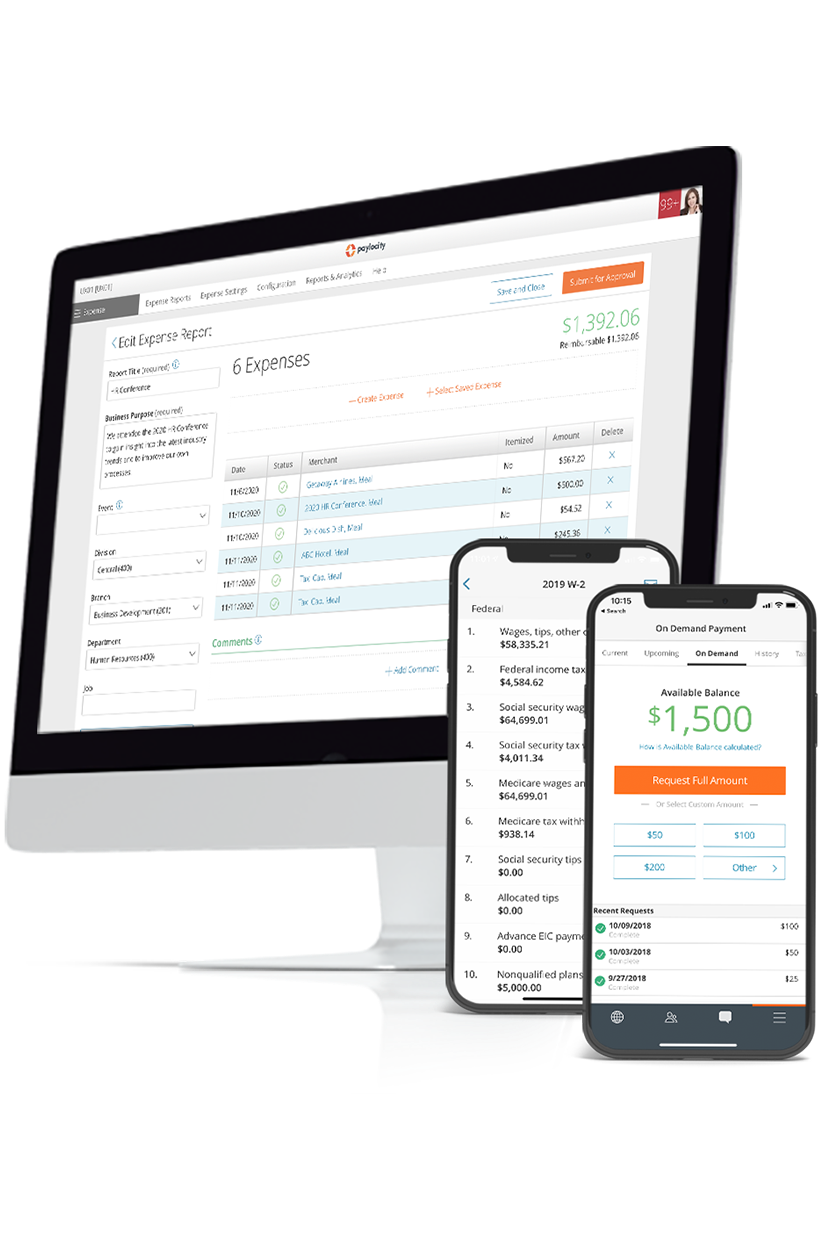Statement of Operations
Summary Definition: A summary of an organization’s financial health and profitability, as demonstrated by its revenue, expenses, gains, and losses over a set period.
What is a Statement of Operations?
A statement of operations, also known as an income statement or profit and loss statement, is a report outlining an organization’s financial activity over a defined period, typically a fiscal quarter or year.
For accounting purposes, the report is an instrumental resource for demonstrating a business’ financial performance, including the organization’s revenue, expenses, gains, and losses.
Based on this information, the statement assists stakeholders assess how effectively the business functions, generates income, and manages costs.
Key Takeaways
- A statement of operations clearly summarizes a company's revenues, expenses, and profitability over a defined period.
- It offers insights into an organization's financial performance, supporting informed decision-making for investors, analysts, and management.
- Well-written statements of operation contain several financial components, such as revenue, operating expenses, net income, and cost of goods sold.
Why Does a Statement of Operations Matter?
A statement of operations is an essential financial analysis resource for both internal and external reporting. Various stakeholders (e.g., executives, investors, partners, etc.) use it to gauge a company’s profitability and financial performance.
This, in turn, influences strategic decision-making in several ways:
- Performance Evaluation: Finance professionals use the statement to assess a company's financial performance and operational efficiency by analyzing revenue trends, expense management, and profitability ratios.
- Investment Decision-Making: Analysts and financial institutions rely on the statement to evaluate a company's financial strength and investment potential. Consistent revenue growth, sound cost management, and increasing profitability signal financial stability, which can enhance investor confidence and influence funding or acquisition decisions.
- Budgeting and Forecasting: Based on each statement’s historical income and expense data, finance teams can identify trends to project future performance, set informed budgets, and establish realistic targets.
- Liquidity and Solvency Analysis: While typically associated with the balance sheet, the statement’s insights also demonstrate a company’s ability to meet both short-term and long-term financial obligations. Analysts use that data to determine liquidity and solvency indicators, helping determine the organization’s financial resilience and creditworthiness.
- Industry Benchmarking: Organizations use the statement to compare their financial outcomes with those of industry peers or competitors, highlighting operational strengths, exposing inefficiencies, and influencing improvement efforts. Furthermore, this analysis helps evaluate if a company is maintaining a competitive position in its market segment.
Statement of Operations Components
An excellent statement of operations contains the following:
| Statement Component | Component Details |
| Revenue |
The total income earned by the organization during the reporting period. Revenue can come from several sources, such as product or service sales, interest, rental income, and other business activities tied to core operations.
|
| Cost of Goods Sold (COGS) |
The direct costs incurred to produce or acquire the goods and services sold, including raw materials, direct labor, and manufacturing overhead. Deducting COGS from Revenue yields Gross Profit.
|
| Gross Profit |
The remaining income after subtracting COGS from Revenue. It reflects the profitability of the organization’s core activities before considering broader operating expenses.
|
| Operating Expenses | The routine costs from running day-to-day business operations outside of COGS, such as employee wages, rent, utilities, marketing, depreciation, and administrative overhead. |
| Operating Income | Also called Operating Profit, this is calculated by subtracting Operating Expenses from Gross Profit. It illustrates the profitability of primary business functions, excluding non-operational expenses (e.g., taxes or interest). |
| Non-Operating Income / Expenses | Financial activities unrelated to primary business functions, such as interest income or costs, investment gains or losses, and other incidental expenses. |
| Income Taxes | The amount of taxes owed based on taxable income and applicable tax laws. Reflects the company’s fiscal obligations to government entities. |
| Net Income | Also called Net Profit or Net Earnings, this is the final amount after all revenues, expenses, and taxes have been accounted for. It signals overall profitability and shows if the company is profitable or operating at a net loss. |

Save Time with Stress-Free Payroll Solutions
Payroll doesn’t have to be complicated, but it does have to be right. Stay compliant, collect employee data, and streamline tax filing – all while putting time back in your day with our automated payroll software. With the assurance of an error-free workflow, you can get back to what matters most – your people. Learn how our modern solutions get you out of the tactical and back to focusing on the bigger picture.